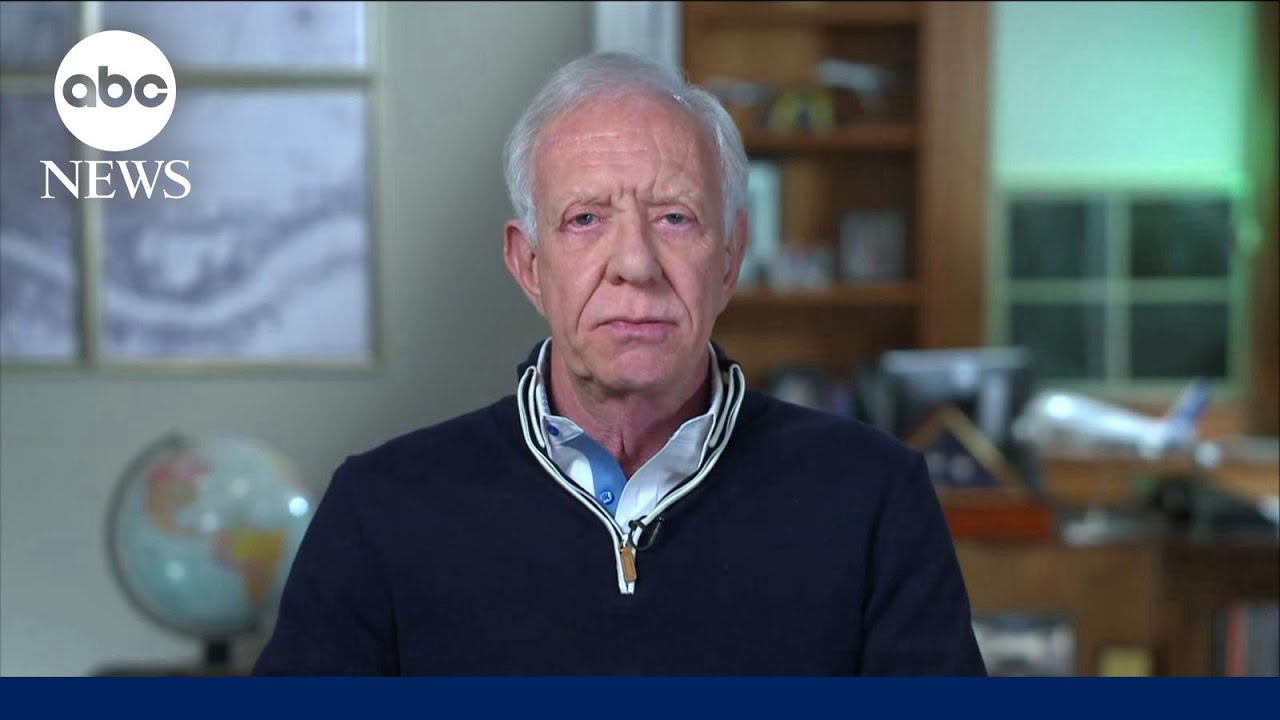Chesley “Sully” Sullenberger, is the pilot who famously landed a passenger jet on the Hudson River in 2009.
He saved 155 lives and is one of the most trusted voices in aviation safety. Now, he’s raising concerns about nighttime flights over water.
Suggesting this may have played a role in the recent crash near Washington, D.C.
Challenges of Night Flights Over Water
Sully speculates that the accident, which claimed 67 lives, may have been influenced by the difficulty of detecting other aircraft over dark waters. At night, the absence of ground reflections makes it much harder for pilots to judge altitude and distance.
“All you can see are the lights on them,” he explained, highlighting the challenge of maintaining safe separation.
While some may wonder if air traffic control should have intervened, Sully noted that controllers sometimes delegate separation responsibilities to pilots when they establish visual contact. Unfortunately, in this case, a tragic miscalculation occurred.
Critical Errors in the Final Moments
Speaking on Good Morning America, Sully emphasized that at least one pilot had visual contact but failed to maintain a safe distance. He described the situation as “dominoes lined up the wrong way,” where even a small error can lead to disaster.
This tragedy has also reignited concerns about staffing shortages at Reagan National Airport’s control tower. Reports indicate that the controller responsible for guiding helicopters was also handling arrivals and departures, raising questions about whether workload issues contributed to the crash.
Lessons from a Legendary Pilot
As the investigation continues, the recovered black boxes may shed light on the final moments before impact. But Sully’s warning is clear: nighttime flying, limited visibility, and possible understaffing created a perfect storm for disaster.
Given his legacy—from executing the “Miracle on the Hudson” to advocating for aviation safety—Sully’s concerns should not be taken lightly. If he’s alarmed, the aviation industry must pay attention before another preventable tragedy occurs.

